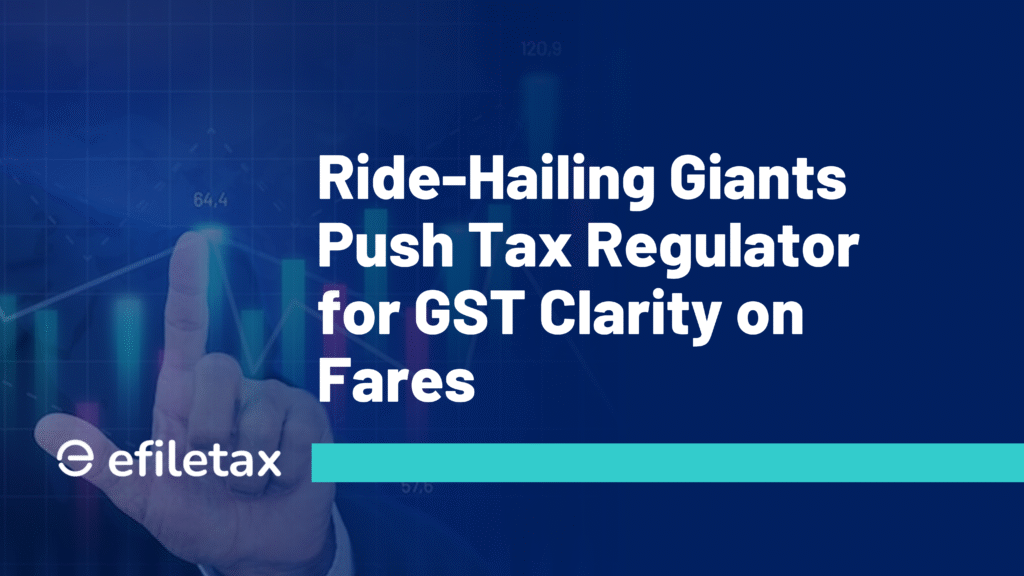
GST on Ride-Hailing Why Firms Seek Tax Clarity
GST on ride-hailing services like Ola, Uber, and Rapido has often sparked debate among operators, drivers, and tax officers. Recently, leading ride-hailing firms have approached the tax regulator — the Central Board of Indirect Taxes and Customs (CBIC) — for clearer guidelines to avoid double taxation and disputes.
Why is GST on Ride-Hailing Confusing?
- Aggregator vs Driver Liability
- As per Notification No. 16/2021-Central Tax (Rate) dated 18.11.2021, aggregators must collect and pay GST on passenger transport services provided through them.
- However, confusion remains whether drivers also need GST registration or tax payment separately.
- Input Tax Credit (ITC)
- Firms argue they should get ITC on expenses like fuel, vehicle maintenance, and platform operations.
- Current rules limit ITC for motor vehicles used for passenger transport.
- Inter-state vs Intra-state Ride Billing
- Sometimes, rides start in one state and end in another, creating confusion about IGST vs CGST+SGST.
Key Legal Provisions Referenced
| Aspect | Legal Reference |
|---|---|
| Aggregator Tax Collection | Section 9(5) of CGST Act |
| Relevant Notification | Notification No. 16/2021-CT(R) |
| Clarifications | CBIC FAQs and Press Releases |
What Ride-Hailing Firms Want
Ride-hailing platforms have asked CBIC to:
- Publish a detailed FAQ clarifying when GST is charged, who pays it, and how invoices are handled.
- Clarify ITC eligibility for expenses directly related to rides.
- Resolve ambiguity on inter-state billing and tax jurisdiction.
Impact on Riders and Drivers
For Riders:
- Fares may stay more transparent — no hidden tax mark-ups.
- Clearer invoices for expense claims by corporate users.
For Drivers:
- Avoids duplicate tax payment fears.
- May exempt small drivers from separate GST registration.
Expert View
“Clear GST rules can reduce litigation, promote compliance, and protect both the aggregator and the gig worker’s income,” says tax expert CA Ramesh Kumar. He advises drivers to check if they qualify for small business exemptions under Section 22.
Quick Tips for Stakeholders
- Aggregators must comply with Section 9(5) obligations to avoid penalties.
- Drivers earning below ₹20 lakh (₹10 lakh in special category states) need not register for GST.
- Riders can check GST on their invoice; it should match the fare break-up.
FAQs
Q1. Who pays GST on ride-hailing services?
Under Section 9(5), the aggregator (Ola/Uber) collects and pays GST.
Q2. Can drivers claim Input Tax Credit?
Generally no, since ITC on motor vehicles used for passenger transport is restricted.
Q3. Is there GST on inter-state rides?
Yes, but whether it’s IGST or CGST+SGST depends on the place of supply rules under IGST Act.
Summary
GST on ride-hailing confuses operators and drivers. With Section 9(5) obligations, aggregators must pay GST. Firms now seek CBIC clarity to avoid double tax and compliance headaches.
Conclusion
As the ride-hailing industry expands, clarity on GST on ride-hailing is crucial for smooth operations. Efiletax will keep you updated with the latest notifications and expert guidance.